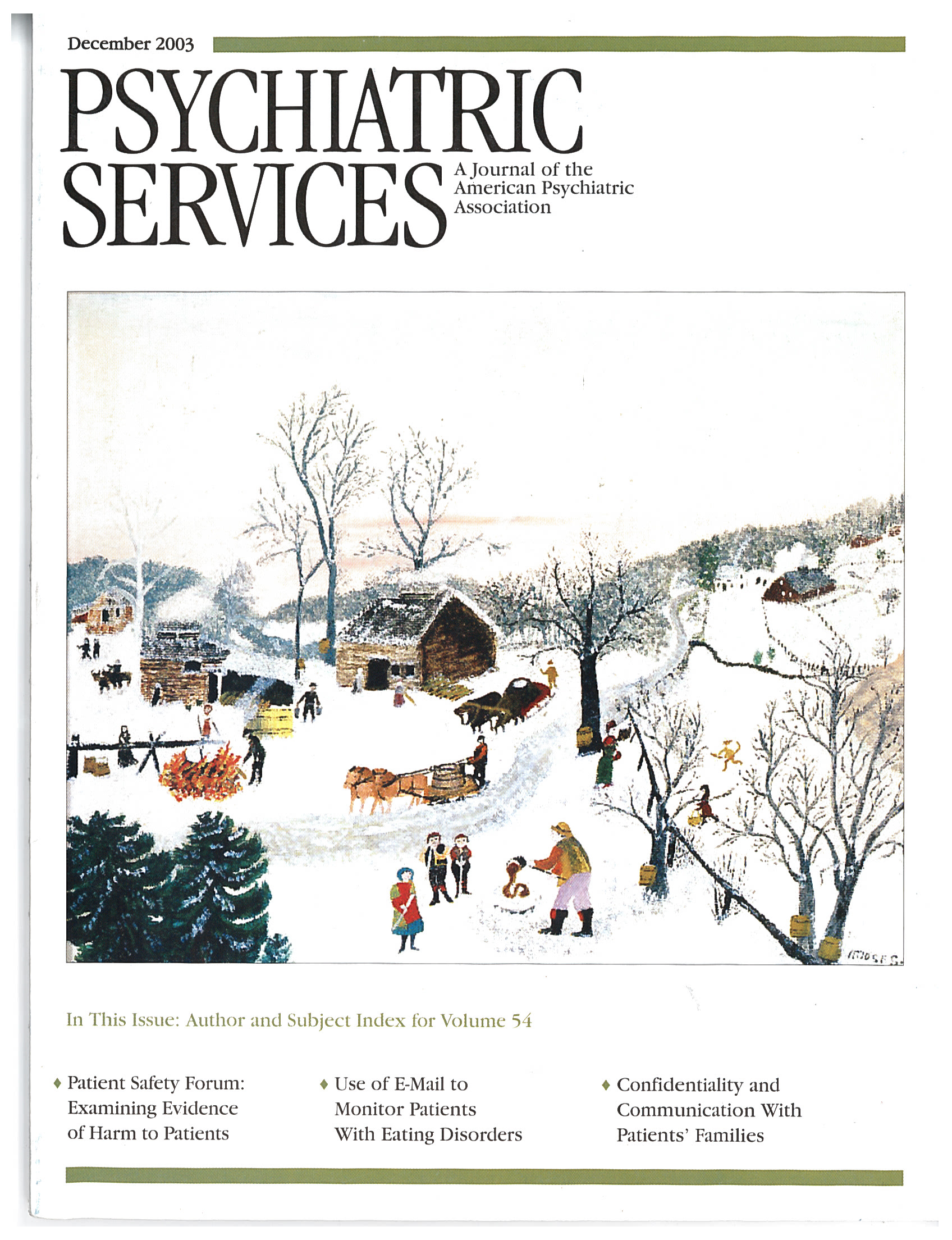Prescribing Patterns for Patients With Posttraumatic Stress Disorder
Abstract
OBJECTIVE: The little information available about prescribing patterns for persons with posttraumatic stress disorder comes from male combat-veteran populations treated through programs of the Department of Veterans Affairs. The objective of this study was to comprehensively evaluate prescribing patterns for persons with a diagnosis of posttraumatic stress disorder (PTSD) in a community-based nonveteran sample in which women were well represented. METHODS: Prescription claims paid in December 1999 for New Hampshire Medicaid recipients with diagnostic codes for PTSD were analyzed. Frequencies of prescriptions for categories of medication were compared between patients with PTSD (N=165) and patients with major depression alone (N=2,208) and those with major depression co-occurring with PTSD (N=171). RESULTS: The patients with PTSD were predominantly women who were receiving services at community mental health centers. Selective serotonin reuptake inhibitors were more frequently prescribed for major depression (32 percent of cases) than for PTSD (23 percent). Other novel antidepressants were more frequently prescribed for major depression co-occurring with PTSD (25 percent of cases) than for major depression alone (18 percent). Atypical antipsychotic medications were more frequently prescribed for PTSD (17 percent of cases) and for major depression co-occurring with PTSD (20 percent) than for major depression alone (9 percent). Benzodiazepines and related hypnotics, trazodone, and mood stabilizers were more frequently prescribed for major depression co-occurring with PTSD than for major depression alone. CONCLUSIONS: The findings suggest that many outpatients who have PTSD are treated aggressively with medication, particularly when PTSD co-occurs with major depression, and that there are discrepancies between actual prescribing patterns and prescribing guidelines. These findings overlap trends observed in veteran populations.



